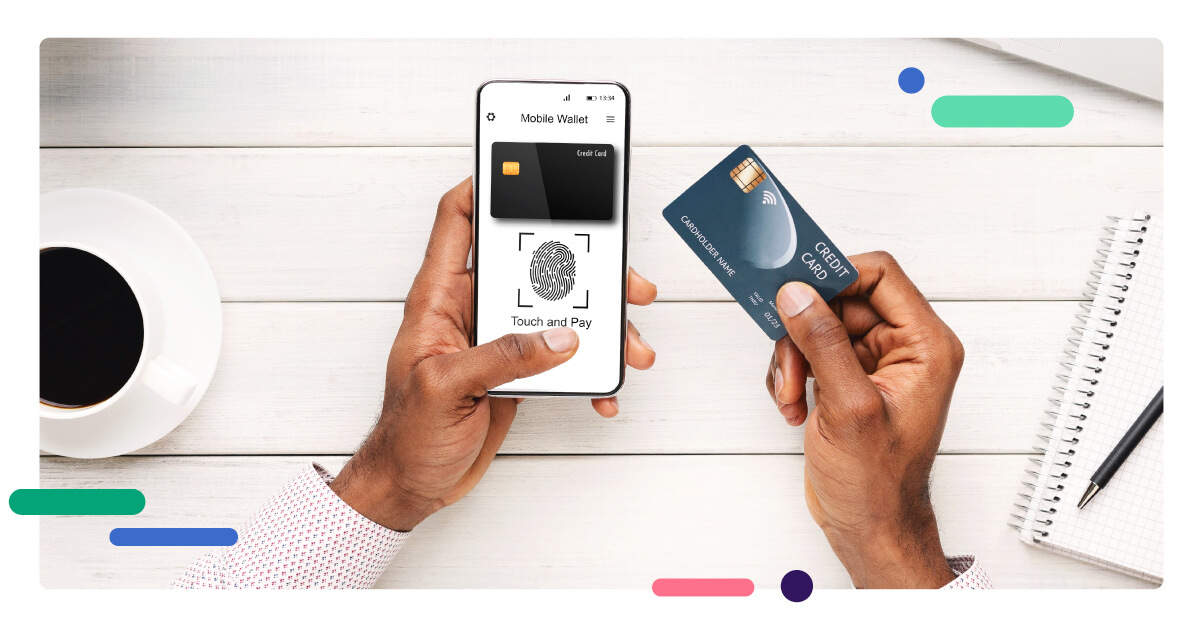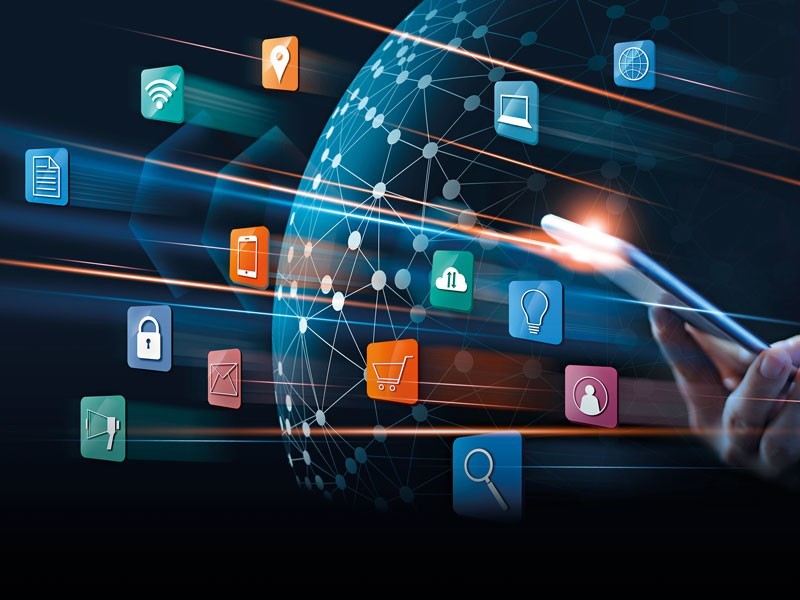
Introduction: Embracing the Age of Biometric Payments
In a world where technology is rapidly transforming every aspect of our lives, the way we handle financial transactions is also undergoing a significant evolution. Biometric payments have emerged as a groundbreaking solution that combines convenience and security like never before. With a simple scan of your fingerprint, a glance at your face, or a unique iris pattern, transactions are becoming smoother and safer. But how exactly does this futuristic concept work, and what implications does it have for the future of finance?
The Advantages of Biometric Payments
Enhanced Security through Unique Identification
Traditional payment methods often rely on passwords or PINs for security, which can be vulnerable to theft or hacking. Biometric authentication takes security to a whole new level by using unique biological traits that are nearly impossible to replicate. Whether it's your fingerprint, facial features, or iris pattern, these characteristics are incredibly hard to forge, ensuring that only authorised users can access their accounts and make transactions.
Streamlined Transactions for Unparalleled Convenience
Imagine a world where you no longer need to fumble for your wallet or remember numerous passwords. Biometric technology offers unparalleled convenience by enabling swift and contactless transactions. With a simple touch or look, you can authenticate yourself and complete a payment within seconds. This speed and ease of use reshape how we think about financial interactions, making them more seamless than ever.
Biometric Payments in Action: How It Works
Fingerprint Recognition: Your Unique Digital Signature
One of the most widely adopted forms of biometric payments is fingerprint recognition. Every individual has a distinct pattern of ridges and valleys on their fingertips, creating a unique digital signature. Biometric sensors capture this pattern, convert it into a digital code, and associate it with your account. The next time you make a payment, a quick touch of your finger verifies your identity and authorizes the transaction.
Facial Scanning: The Power of Facial Geometry
Facial scanning leverages the intricate geometry of your face to verify your identity. Advanced algorithms analyze key facial points, such as the distance between your eyes and the shape of your nose and chin. This information is then compared to the stored facial data to ensure a match. This method is secure and user-friendly, as it doesn't require physical contact with any device.
Iris Authentication: Uniqueness in Your Eyes
The iris authentication method takes advantage of the unique patterns in your iris—the colored part of your eye. Similar to a fingerprint, these patterns are distinct for each individual. Iris scanners use infrared light to capture high-resolution images of the iris, and this data is used for authentication. As it's nearly impossible to replicate someone's iris pattern, this method offers an exceptionally high level of security.

Shaping the Future: Biometric Payments and Beyond
Revolutionizing Contactless and Mobile Payments
In a world increasingly focused on hygiene and contactless interactions, biometric payments fit seamlessly into the new normal. Contactless payments have gained immense popularity, and biometrics take this concept even further. With a simple gesture or glance, you can make secure payments without physical contact with payment terminals, reducing the risk of spreading germs.
Preventing Fraud with Advanced Technology
Fraud prevention is a top concern in the financial industry, and biometric payments provide a powerful solution. The inherent security of biometric authentication methods makes it incredibly difficult for malicious actors to access accounts or forge identities. This technology adds an extra layer of protection, safeguarding both individuals and financial institutions from fraudulent activities.
Challenges and Considerations
Privacy and Data Security
While biometric payments offer unparalleled security, they also raise concerns about privacy and data security. Storing biometric data requires robust encryption and safeguards to prevent unauthorized access. Users must trust that their biometric information will be handled responsibly and not exploited for any malicious purposes.
Technological Reliability
As with any technology, there's a need for consistent and reliable performance. Biometric sensors and systems must be accurate and capable of handling various conditions, such as changes in lighting or physical changes in the user's appearance. Ensuring that these systems work seamlessly is crucial for widespread adoption.
Conclusion
In the rapidly evolving landscape of financial technology, biometric payments stand out as a beacon of innovation. The fusion of convenience and security offered by biometric authentication methods is reshaping the way we conduct transactions. As the world embraces contactless interactions and heightened security measures, biometric payments are at the forefront of this evolution. By integrating cutting-edge technology with everyday finance, we are stepping into a future where transactions are not only seamless but also remarkably secure.
FAQs
Are biometric payments safer than traditional methods?
Biometric payments provide a higher level of security due to their reliance on unique biological traits, making them difficult to forge or replicate.
What happens if my biometric data is compromised?
Biometric data is typically encrypted and stored securely. Even if compromised, it's challenging for attackers to use the data effectively without the physical traits.
Can I use biometric payments for online purchases?
Yes, many devices offer biometric authentication for online purchases, adding an extra layer of security beyond passwords.
What if I have a physical injury that affects my biometric traits?
Most systems have contingencies for such situations, allowing users to use alternative methods or temporarily disabling biometric authentication.
Is my biometric data shared with other organizations?
Legitimate providers adhere to strict privacy policies. Your biometric data is usually not shared without your explicit consent.


